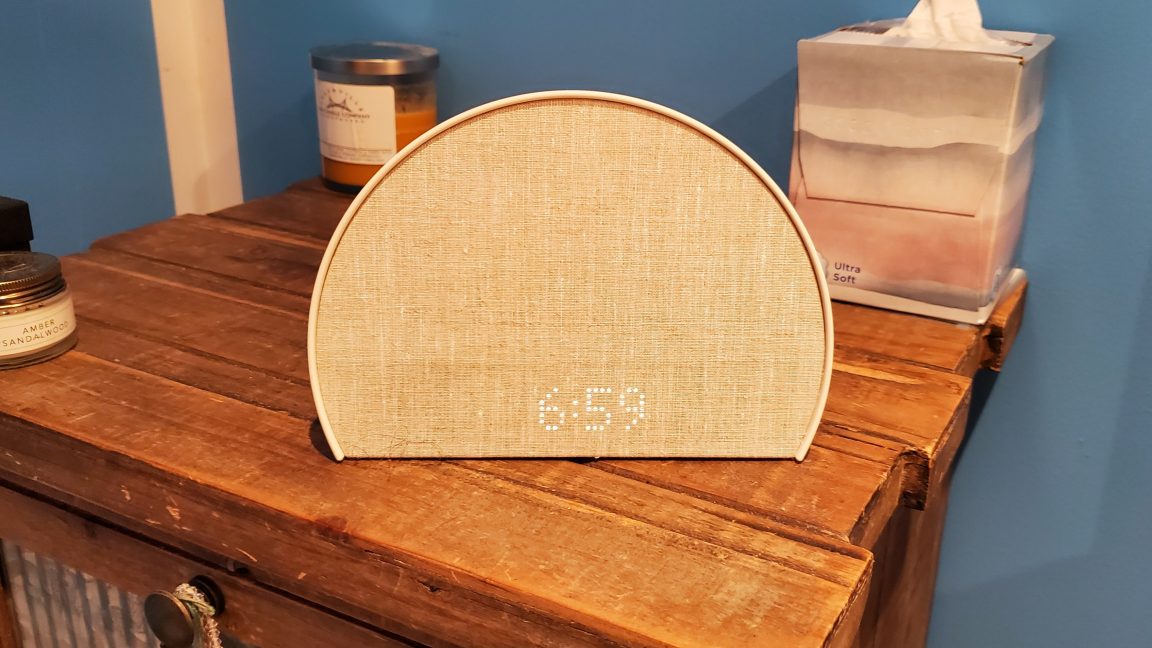When software updates actually improve—instead of ruin—our favorite devices – Ars Technica
Source: Ars Technica
Opinion: These tech products have gotten better over time.
For many of us, we dread software updates to our favorite gadgets. Updates to a beloved gadget can leave us outraged, whether it’s because we’re frustrated with bugs or we’re Luddites and tech enthusiasts averse to change.
In addition to those frustrations, there are times when gadget makers use software updates to manipulate product functionality and seriously upend owners’ abilities to use their property as expected. We’ve all seen software updates render gadgets absolutely horrible: Printers have nearly become a four-letter word as the industry infamously issues updates that brick third-party ink and scanning capabilities. We’ve also seen company updates that locked features behind a paywall or removed them entirely. This type of behavior has caused users to be wary of software updates in fear that they will diminish the value of already-purchased hardware.
On the other hand, there are times when software updates enrich the capabilities of smart gadgets. These updates are the types of things that can help devices retain or improve their value, last longer, and become less likely to turn into e-waste.
For example, I’ve been using the Hatch Restore 2 sunrise alarm clock since July. In that time, updates to its companion app have enabled me to extract significantly more value from the clock and explore its large library of sounds, lights, and customization options.
The Hatch Sleep iOS app used to have tabs on the bottom for Rest, for setting how the clock looks and sounds when you’re sleeping; Library, for accessing the clock’s library of sounds and colors; and Rise, for setting how the clock looks and sounds when you’re waking up. Today, the bottom of the app just has Library and Home tabs, with Home featuring all the settings for Rest and Rise, as well as for Cue (the clock’s settings for reminding you it’s time to unwind for the night) and Unwind (sounds and settings that the clock uses during the time period leading up to sleep).
Hatch’s app has generally become cleaner after hiding things like its notification section. Hatch also updated the app to store multiple Unwind settings you can swap around. Overall, these changes have made customizing my settings less tedious, which means I’ve been more inclined to try them. Before the updates, I mostly used the app to set my alarm and change my Rest settings. I often exited the app prematurely after getting overwhelmed by all the different tabs I had to toggle through (toggling through tabs was also more time-consuming).
Additionally, Hatch has updated the app since I started using it so that disabled alarms are placed under an expanding drawer. This has reduced the chance that I’ll misread the app and think I have an alarm set when it’s not currently enabled, while providing a clearer view of which alarms actually are enabled.
The Library tab was also recently updated to group lights and sounds under Cue, Unwind, Sleep, and Wake, making it easier to find the type of setting I’m interested in.
Software updates have made it easier for me to enjoy the Restore 2 hardware. Honestly, I don’t know if I’d still use the clock without these app improvements. What was primarily a noise machine this summer has become a multi-purpose device with much more value.
Now, you might argue that Hatch could have implemented these features from the beginning. That may have been more sensible, but as a tech enthusiast, I still find something inherently cool about watching a gadget improve in ways that affect how I use the hardware and align with what I thought my gadget needed. I agree that some tech gadgets are released prematurely and overly rely on updates to earn their initial prices. But it’s also advantageous for devices to improve over time.
The Steam Deck is another good example. Early adopters might have been disappointed to see missing features like overclocking controls, per-game power profiles, or Windows drivers. Valve has since added those features.
Valve has also added more control over the Steam Deck since its release, including the power to adjust resolution and refresh rates for connected external displays. It has also upped performance via an October update that Valve claimed could improve the battery life of LCD models by up to 10 percent in “light load situations.”
These are the kinds of updates that still allowed the Steam Deck to be playable for months, but the features were exciting additions once they arrived. When companies issue updates reliably and in ways that improve the user experience, people are less averse to updating their gadgets, which could also be critical for device functionality and security.
Adding new features via software updates can make devices more valuable to owners. Updates that address accessibility needs go even further by opening up the gadgets to more people.
Apple, for example, demonstrated the power that software updates can have on accessibility by add
Read more: Click here
